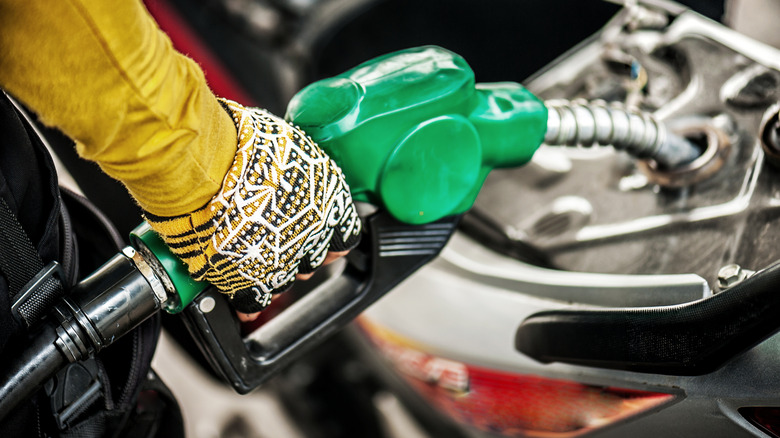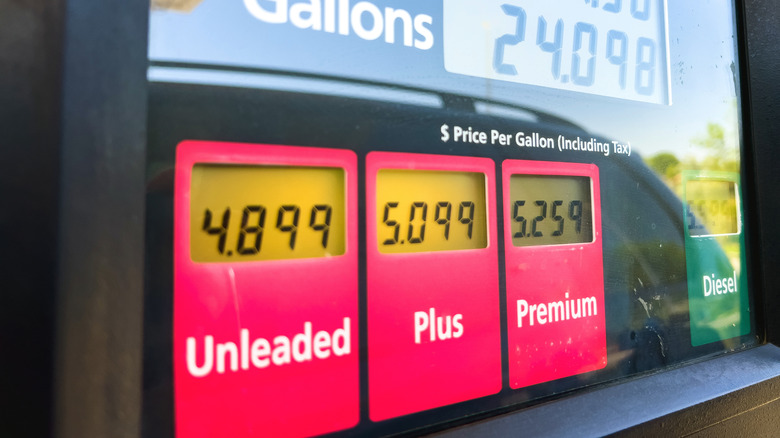
Recently, there’s been a myth circulating that filling a motorcycle tank with premium gas in the hopes of better performance and range. At most gas stations, premium fuel is usually an octane-blend that’s rated 91 or 93 Anti-Knock Index (AKI), higher than the regular 87 AKI. However, the higher rating doesn’t represent more energy. Instead, it is a measure of the fuel’s ability to handle engine knock, which is a kind of uncontrolled internal combustion that can damage pistons in high-compression engines.
Premium automatically gives the impression of superior quality, which, in turn, is equated with better engine performance. Extensive research and testing do not support this view. Yamaha, for example, recommends using standard unleaded fuel for most of its motorcycles. It’s not that premium fuel would harm your motorcycle, but it also doesn’t make it faster or more efficient. With fuel costs rising exorbitantly, it makes little sense for anyone to pay the extra buck for the premium fuel when it makes zero difference.
This is true even for larger vehicles with high-end engines, like the BMW M5 or the Ford F-150, both of which showed marginal power gains or slightly better operation under extreme loads when tested by Car and Driver. In short, unless your motorcycle’s manual requires premium fuel for its compression ratio or tuning, you’re not paying for more performance. You’re just paying more.
What is the premium fuel for?
Not all motorcycles can do well with just the regular fuel. Some have special requirements for high-octane fuel, mandated specifically by their manufacturers to avoid knock. These motorcycles are equipped with high-compression engines, found normally in sports or performance models, and run very hot as they put more pressure on the fuel-air mix inside the cylinder. This kind of pressure can cause the fuel to detonate early, which creates the sharp ping or knocking sound you sometimes hear.
Using regular gas in those engines can cause loss of power, poor mileage, and even trigger the check-engine light or limp mode. That’s why some modern engines really need premium gas. If your owner’s manual says Premium Unleaded Required, then it’s no longer a choice between premium and regular gas. Choosing to opt for regular fuel in this case may reduce performance and make the engine prone to long-term damage. In some cases, you may even lose any warranty claims you have due to negligence on your part.
So while there is no disadvantage to using premium fuel except the higher price, there aren’t many clear cut advantages of using it if you don’t really need it. Just stick with what your manufacturer recommends and you should be fine.






